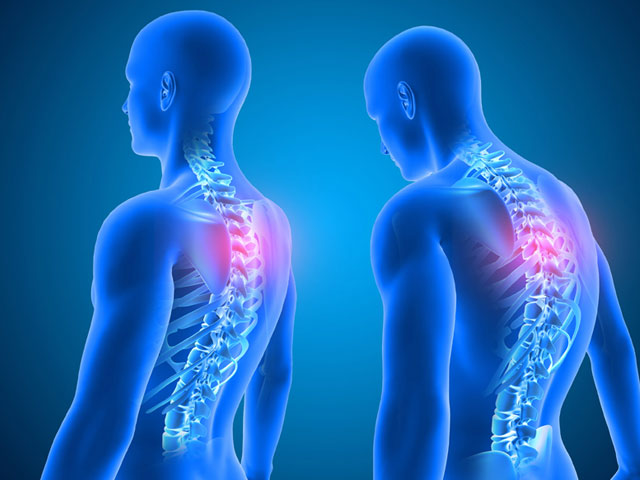
What is Posture Disorder?
Posture refers to the shape of a person’s body when sitting or standing. The spine, head, shoulders and hips are aligned according to this position. A good body position reduces pressure on muscle groups, joints and ligaments and keeps the body flexible. However, the unintentional positions that the body takes in daily life negatively affect posture and the musculoskeletal system over time. This problem is a worldwide health problem that can affect all age groups.
Does Postural Disorder Cause Pain?
When this problem exists, the body loses or starts to lose its good posture. Over time, problems such as muscle and joint tension, neck, head or back pain develop. The disease also negatively affects physical appearance and creates self-confidence problems. It is possible to prevent the development of such negative situations by treating the problem with various methods.
What are the Types of This Disorder?
Postural disorder is divided into 4 groups:
1- Scoliosis: This type generally develops due to congenital disorders or muscle diseases such as muscular dystrophy. It is frequently observed in childhood. Scoliosis is a problem that needs to be taken into consideration as it can lead to serious movement restrictions if it progresses. It is characterized by the curvature of the vertebrae to the right or left or rotation around itself. Scoliosis results in an asymmetrical appearance in the spinal lines of individuals. However, people with early scoliosis may not show any symptoms.
2- Kyphosis: It is a condition in which the shoulders are rounded forward and the upper back has an exaggerated curvature. It is also popularly referred to as hunchback. Osteoporosis and weakening of bones with age can cause kyphosis. It is commonly seen in older women. In childhood, it has been observed that kyphosis can also develop as a result of chemotherapy and radiation against childhood paralysis, infection or used in cancer treatments.
3- Lordosis: This is the positioning of the hips and pelvis in front of the midline of the body. In lordosis, the waist bends exaggeratedly inward. It is usually observed when the abdominal muscles or hip muscles weaken due to prolonged sitting.
4- Flat Back: Flatback problem occurs when the lower spine loses its normal curvature. In people with a flat back, the lower back appears flat and the person leans forward. Flat back can often be caused by congenital causes or diseases such as inflammatory arthritis. It can also develop in people who have undergone back surgery for problems such as disc degeneration and vertebral compression. People with a flat back find it difficult to stand for long periods of time.
Which Doctor to See For Postural Disorder?
Orthopedics or traumatology specialists should be the first doctors to be consulted if symptoms begin to be felt. After the interviews with orthopedic physicians, it is determined why the disorder may be caused and what kind of measures should be taken. After the interviews with the doctor, physiotherapy sessions are usually carried out to correct the problem with the support of physiotherapists.
How is Posture Disorder Treated?
These diseases can be treated with physiotherapy or surgical interventions when necessary. In the physiotherapy sessions, it is worked on treating the body position disorder by ensuring the development of the muscles in and around the relevant area. If the problem is in the initial stages, changes you can make in your lifestyle are also very effective in recovery.
First of all, people should pay attention to how they stand, sit and lie down. During daily activities, it should be ensured that people do not stay in postures or positions that are unfavorable for the body. In such cases, people should basically adopt an ideal working principle according to their spinal health and sitting position.
For example, measures such as keeping the computer at eye level and supporting upright sitting can be taken. When dealing with a smartphone, the position of looking at the cell phone should be provided in a healthier position. People with uncomfortable beds may need to choose orthopedic beds. In addition, it is recommended that people prefer flat and orthopedic shoes instead of high-heeled shoes. Breathing should be improved by doing breathing exercises, and proper walking exercises should be practiced while walking.

